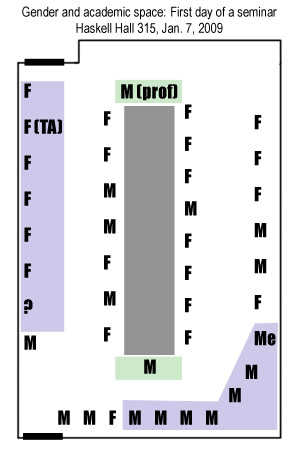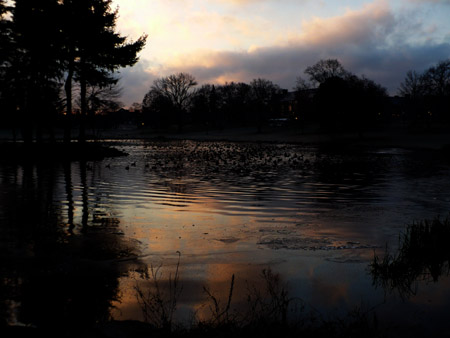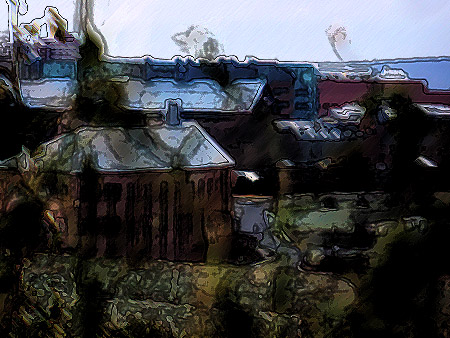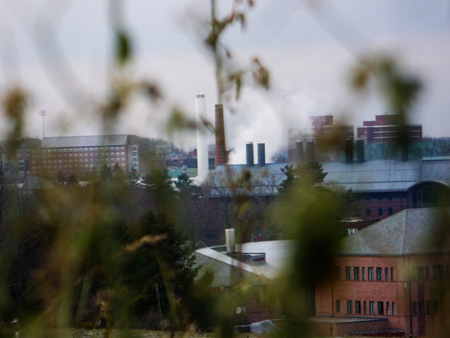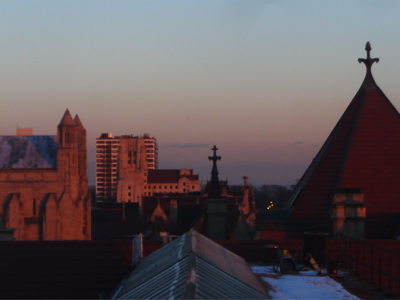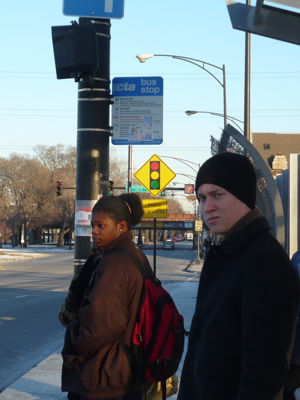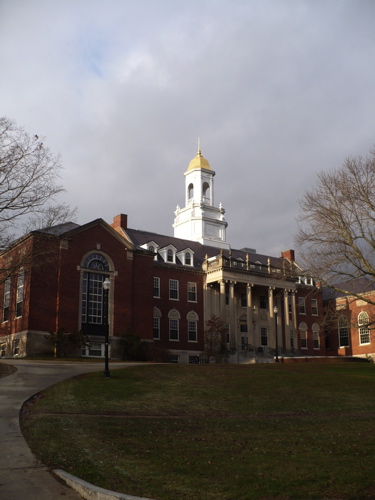If you go into the Enrico Fermi Research Institute on campus, the center doors are made of stainless steel like an old diner. And if you go up the stairs and then down the creaky elevator, you emerge in a warren of white corridors and wooden doors. The basement is full of abandoned science labs, labs that have been empty for ten years maybe, with equipment scattered everywhere, old notebooks, chemical residue, dust, dirt, soot, stacked furniture, whining ventilation. Acids left over in gallon jugs of thick glass. A bottle of wine left as if it had been opened to celebrate the last experiment just before the whole place was summarily deserted. Dark trees shone through the high windows.
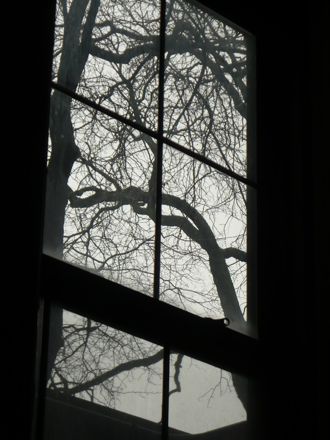

The university is planning to renovate it all, they say, but what with the economic crisis, that might not happen next year. So some of the space has been borrowed.
Continue reading “Abandoned labs as recycled academic space”



